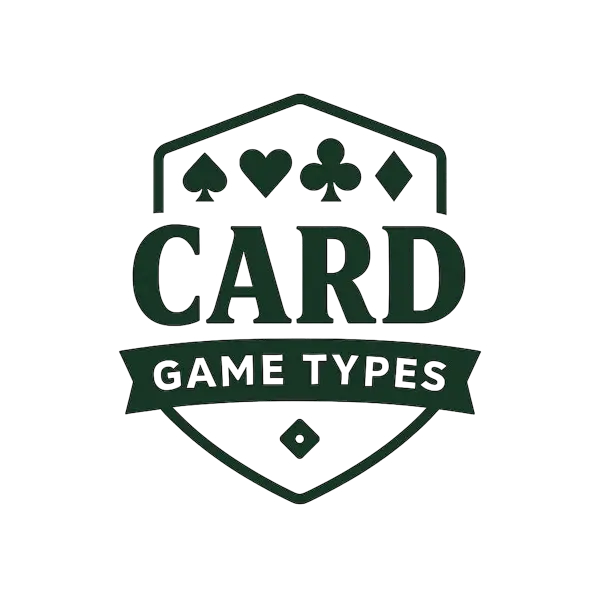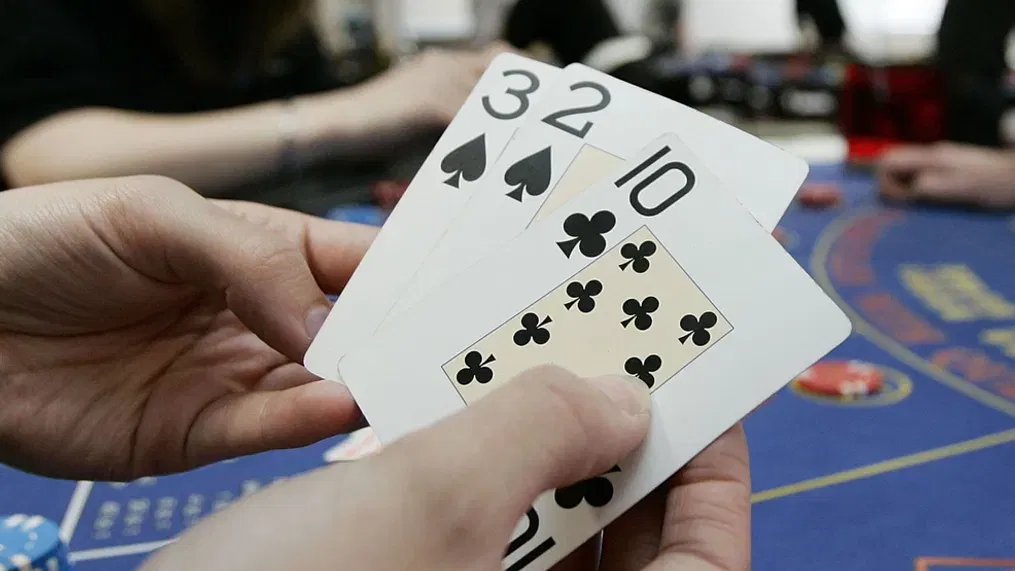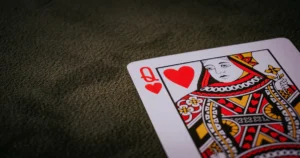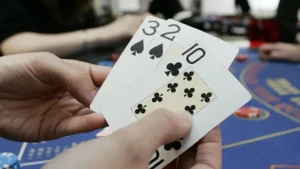Explore the four main suits, their meanings, and how they define gameplay in popular card games.
four types in playing cards, better known as suits. These are:
- Hearts
- Diamonds
- Clubs
- Spades
Each suit contains 13 cards: numbers 2 through 10, followed by the Jack, Queen, King, and Ace. That makes a total of 52 cards in a standard deck.
These suits not only provide structure to games but also add symbolic value. For example:
- Hearts: Love, emotion, relationships
- Diamonds: Wealth, energy, power
- Clubs: Growth, intellect, action
- Spades: Strength, wisdom, conflict
While these symbols are most familiar in modern Western decks, many cultures have developed their own versions of playing cards with unique suits.
You can explore more on suit evolution via
this Wikipedia article.
2. Understanding the Types in Playing Cards
The phrase types in playing cards also refers to the elements that make up a complete deck. Beyond just suits, each deck contains a
range of card types that define gameplay.
Standard Deck Breakdown
- 4 Suits (13 cards each)
- Number cards: 2–10
- Face cards: Jack, Queen, King
- Aces: High or low, depending on game
- 2 Jokers (optional, game-specific use)
Jokers can serve as wildcards, trump cards, or even act as special penalty cards depending on the rules. Their inclusion varies from game to game.
Regional Variations and Special Cards
Deck structures differ globally. In India, Ganjifa cards feature circular designs and traditional themes.
Tarot decks add major arcana cards used for divination. And collectible games like Magic: The Gathering (MTG) use customized card types including spells, creatures, and lands.
For casino games, decks are standardized for fairness and speed, often using multiple decks for games like blackjack.
3. A Complete Guide to the Types of Games in Playing Cards
Now that we understand the physical types in playing cards, let’s look at how they’re used in different types of card games.
Games fall into categories based on gameplay mechanics and player goals.
Trick-Taking Games
In trick-taking games like Hearts or Spades, players compete to play the highest-ranking card in a round or “trick.”
These games focus on strategy, memory, and timing. A good example of competitive trick-taking is Bridge, a game still played professionally.
Matching Games
Matching games like Rummy and Gin Rummy require players to form sets or sequences of similar cards. These games are ideal
for families and social groups, requiring observation and memory skills.
Shedding Games
The goal of shedding games is to be the first to play all your cards. Popular examples include UNO and Crazy Eights.
Simple rules and quick rounds make these games great for casual play.
Casino Games
In casinos, card games dominate the scene. Games like Poker, Blackjack, and Baccarat bring high stakes
and real-money strategy. Each game has its own set of rules, odds, and winning techniques. For example, Blackjack relies heavily on math and probability, while Poker combines skill and bluffing.
Learn more about casino card game types via
GamblingSites.org.




